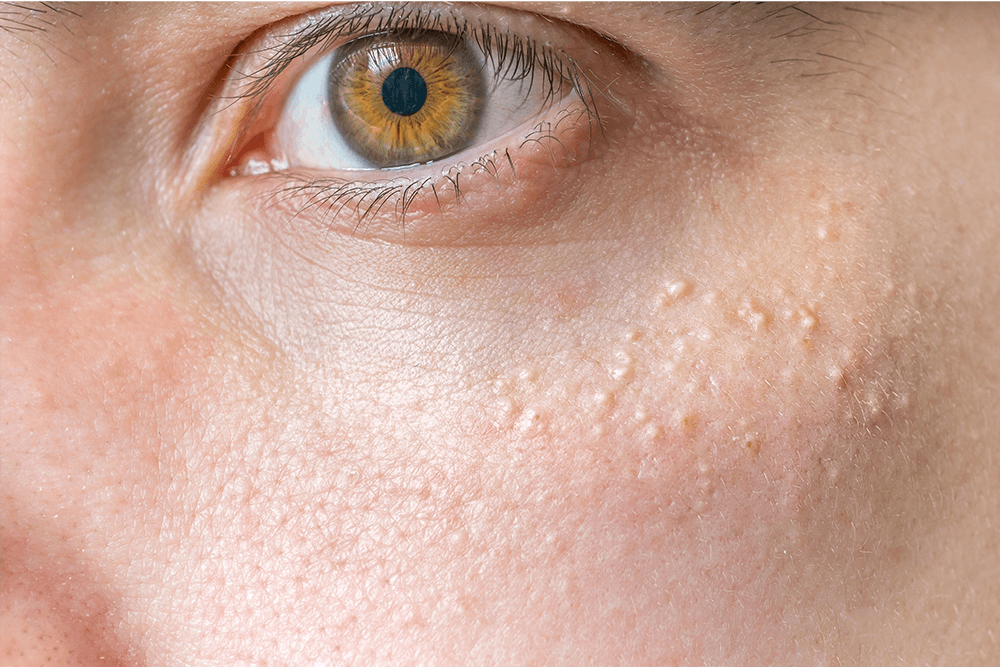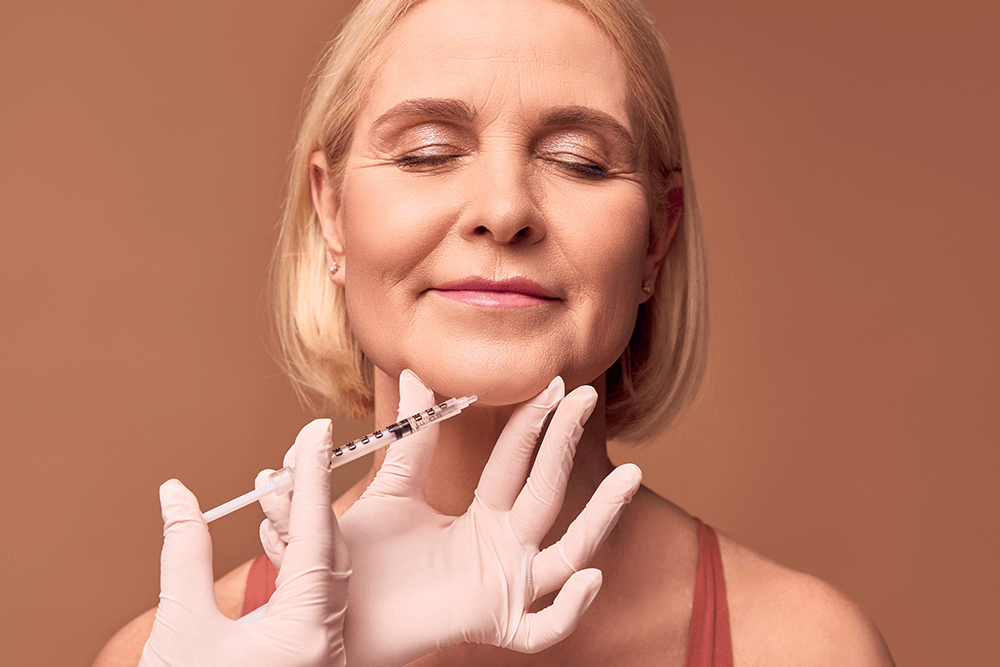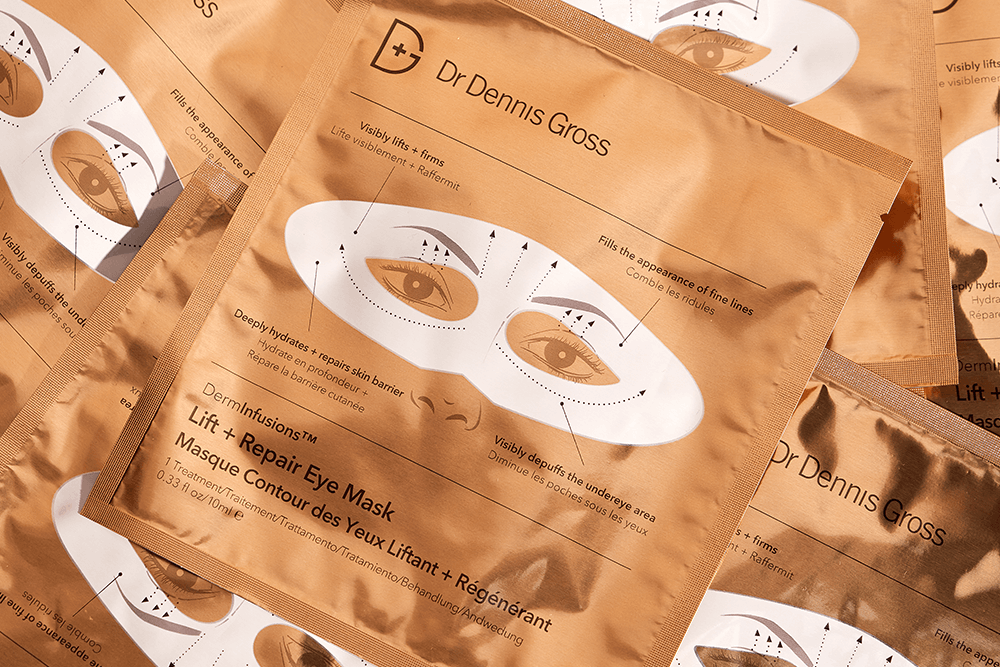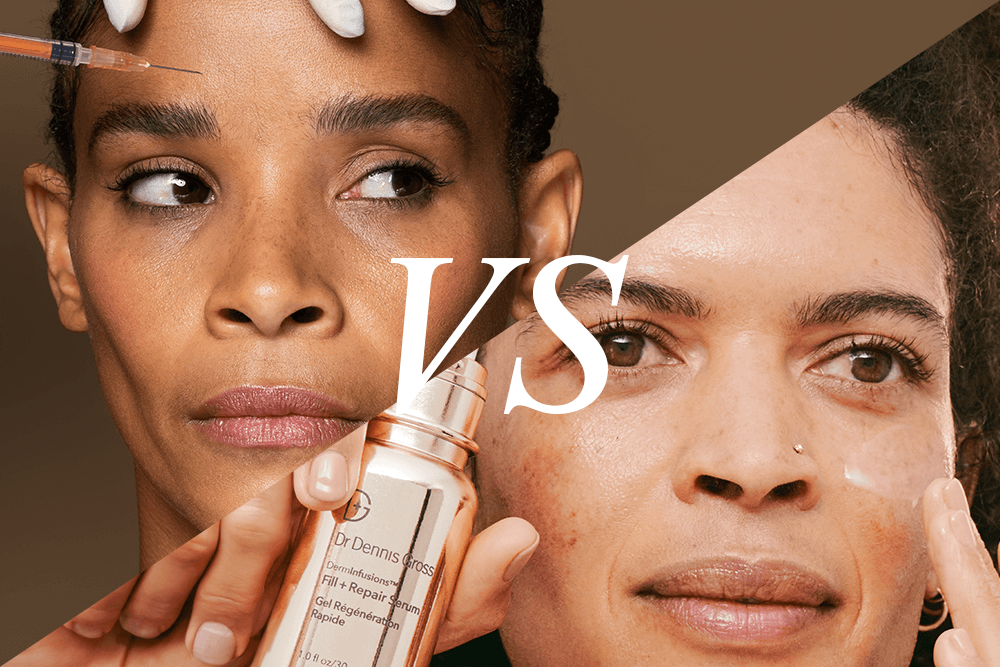The+Source
You may not know the word, but you’ve probably seen (and possibly experienced) milia. We’re talking about the hard bumps that can crop up on skin, especially around the eye area. If you’ve ever tried to get rid of milia, you likely found that it’s a lot more difficult than you expected. For that reason, the best solution is not to prevent milia from forming in the first place. For advice on how to do just that (plus info on what the heck milia are in the first place), keep reading.
What are milia?
Milia are subepidermal cysts made of keratin. (Not that anyone ever has just one, but the singular form of milia is milium.) These cysts are totally and completely benign, but they’re not cute, so people frequently try to get rid of them. While milia often resemble a clogged pore, unlike a blackhead or a whitehead, these keratin plugs don’t easily slide out after you steam your skin or perform a chemical peel.
Milia most commonly crop up on the face, although they can also appear on the upper body or on the arms or legs. As we previously noted, milia are harmless. However, especially around the eye area, milia can be annoying and difficult to conceal.
What causes milia?
There are two types of milia — primary and secondary. Roughly half of all full-term newborns are born with primary milia, which can show up on the nose, scalp, eyelids, cheeks, and other areas of the face. This kind of milia typically goes away on its own before the baby is one month old.
The kind of milia that doesn’t disappear after a month is secondary milia. When your body doesn’t shed dead skin cells as well as it should, those old cells can become trapped below the surface by healthy, new skin cells growing over them. The old cells eventually harden into one or more keratin cysts – aka milia.
This subpar skin-shedding can be the result of skin trauma (anything from a rash or a sunburn to dermabrasion), medication (especially topical steroids used chronically), or just a particularly heavy topical ointment or cream. The latter cause is frequently the reason a person develops milia’s signature hard, white bumps around their eye area.
How can you get rid of milia?
So we always say not to pick at your skin or try to perform at-home extractions. Typically, we’re talking about blemishes and other breakouts, and typically not everyone takes our advice. But when it comes to milia, heed our warning. Milia are decidedly not something you can resolve by yourself. For starters, milia are much deeper than your average pimple, and they’re covered by a layer of new skin. That’s the reason they don’t just pop out under some slight pressure. If you squeeze or scape your milia, you will very likely end up with a scar and possibly an infection as well.
Instead, to get rid of your milia, you need to make an appointment with your dermatologist. They may remove your milia by freezing them (cryotherapy), surgically excising them, or prescribing a topical remedy. Obviously, none of these options is a simple solution. Instead of treating milia after-the-fact, you’ll want to keep any new milia from forming. To learn how, see below.
What are some eye products that won’t cause milia?
Overly thick and occlusive eye creams can be a quick ticket to Miliaville. A better option for keeping your eye area hydrated, plump, and smooth is to select an eye treatment that’s more on the serum side, in terms of texture.
Our Dr. Dennis Gross Advanced Retinol + Ferulic Triple Correction Eye Serum is a lightweight gel, so it absorbs quickly and won’t clog your pores. Plus, retinol is prized for its exfoliating abilities, meaning regular use of our Retinol + Ferulic Triple Correction Eye Serum will help increase cell turnover and prevent dead skin cells from building up and potentially turning into new milia.
Another excellent option for pampering your eye area without encouraging milia development is our new Dr. Dennis Gross DermInfusions Lift + Repair Eye Mask. Woven from biodegradable lyocell fibers, our mask is able to push its hydrating, plumping ingredients deep into skin tissue, negating the need for a thick moisturizer and flooding cells with the treatment benefits of skin saviors such as niacinamide and vitamin C.
What’s another way to prevent milia?
Consistent exfoliation is a key factor in staving off milia formation. You can use the Alpha Beta Daily Peels up to your lash line. A good cleanser can also help do the work of whisking away dead cells. Our Dr. Dennis Gross Alpha Beta AHA/BHA Daily Cleansing Gel is gentle enough to use for removing eye makeup, but is formulated with exfoliating alpha and beta hydroxy acids.
Discover Dr. Dennis Gross Skincare for All Your Skincare Needs
For more skincare tips from the experts at Dr. Dennis Gross, check out our blog’s newest content today. Shop the collection of Dr. Dennis Gross bestselling skincare by dermatologists.






